
A Comprehensive Guide to Outdoor Pole Lights: Types, Uses, and Choosing the Right Brightness
Share
Table of Contents
- What Are Outdoor Pole Lights?
- Different Types of Outdoor Pole Lights
- How to Choose the Right Brightness for Outdoor Pole Lights
- Best Uses for Outdoor Pole Lights
- Factors to Consider When Installing Outdoor Pole Lights
What Are Outdoor Pole Lights?

Outdoor pole lights are essential lighting fixtures mounted on poles to provide illumination for large outdoor areas. These lights are commonly used in residential, commercial, and public spaces to increase visibility, enhance security, and improve the aesthetic appeal of outdoor environments. The height of the pole ensures the light covers a broad area, offering efficient lighting for pathways, driveways, gardens, streets, and other outdoor spaces.
Outdoor pole lights can be powered by electricity or solar energy, with LED lighting being the most popular option due to its energy efficiency and long lifespan. The design of outdoor pole lights ranges from simple street-style lights to more decorative models, making them suitable for various purposes, from functional security lighting to decorative ambiance lighting.
Different Types of Outdoor Pole Lights
Outdoor pole lights come in several different styles and configurations, allowing you to choose the right one based on your needs. Here's an overview of the most common types:
1. Street Lights
Street lights are the most common type of outdoor pole light. They are typically used for public roadways, parking lots, and other large open spaces. These lights are designed for long-lasting durability and high brightness, providing safety and visibility for drivers and pedestrians. They usually use LED bulbs for energy efficiency and brightness.
2. Solar-Powered Pole Lights
Solar-powered outdoor pole lights are an eco-friendly alternative to traditional wired lighting. These lights use solar panels to collect energy during the day, which is then used to power the light at night. Solar pole lights are particularly popular for areas with no access to electrical outlets, such as garden paths or remote outdoor spaces. While they might not be as bright as electric-powered lights, they are ideal for decorative or low-light applications.
3. LED Pole Lights
LED pole lights are the most energy-efficient option available. LEDs use less power and last longer than traditional incandescent bulbs, making them an excellent choice for both security and energy savings. These lights are available in various brightness levels, allowing you to customize the lighting to your needs. LED pole lights are perfect for residential and commercial applications that require consistent and bright illumination.
4. Decorative Pole Lights
Decorative pole lights are designed to add aesthetic value to your outdoor space while still providing functional lighting. They are commonly used in gardens, courtyards, and pathways, offering a stylish and inviting ambiance. These lights come in a variety of designs, from modern to vintage, and can add character to any outdoor environment.
5. Flood Lights
Floodlights are a type of pole-mounted light designed to provide powerful and wide-reaching illumination. These are ideal for larger areas such as sports fields, commercial parking lots, or security applications. Flood lights are typically brighter and offer greater coverage compared to other pole lights, making them essential for high-security areas.
| Type of Light | Best Use | Power Source | Brightness | Advantages |
|---|---|---|---|---|
| Street Lights | Roads, streets, public spaces | Electric | High | Durable, high coverage |
| Solar-Powered Pole Lights | Gardens, paths, areas with no power | Solar | Medium to Low | Eco-friendly, no wiring |
| LED Pole Lights | Residential, commercial areas | Electric | Adjustable | Energy-efficient, long-lasting |
| Decorative Pole Lights | Gardens, patios, pathways | Electric/Solar | Low to Medium | Aesthetic, decorative |
| Flood Lights | Parking lots, sports fields, security | Electric | High | Wide coverage, bright light |
How to Choose the Right Brightness for Outdoor Pole Lights
The right brightness for your outdoor pole lights depends on several factors such as the purpose of the lighting, the size of the area to be lit, and your personal preferences. Brightness is typically measured in lumens, and choosing the appropriate level will ensure your outdoor space is well-illuminated without being too harsh or too dim.
General Lumens Guide for Outdoor Pole Lights:
- Pathway Lighting: 100–200 lumens per foot
- Security Lighting: 700–1300 lumens
- Flood Lights for Large Areas: 3000–5000 lumens
- Decorative Lighting: 100–300 lumens
When choosing brightness for outdoor pole lights, consider the size of your space. For example, larger spaces like driveways or gardens will require higher lumens to ensure uniform lighting. Smaller areas such as entryways or pathways can use lower lumens for softer illumination.
Best Uses for Outdoor Pole Lights
Outdoor pole lights are incredibly versatile and can be used for a variety of purposes. Here are the most common applications:
1. Security Lighting
Outdoor pole lights are essential for improving security around your property. When positioned strategically, these lights illuminate dark corners and provide visibility during the night, reducing the risk of criminal activity. Floodlights and bright LED lights are particularly effective in this case.
2. Pathway and Driveway Lighting
Pathway and driveway lighting enhances safety and visibility by lighting up walkways and driveways. Installing outdoor pole lights along these paths ensures people can safely navigate their way to the front door or car, even in the dark.
3. Decorative Lighting
Decorative pole lights add charm to outdoor spaces, creating ambiance and enhancing the aesthetic appeal of your garden, patio, or courtyard. These lights are often less bright and come in various designs to match your style preferences.
4. Parking Lot Lighting
For commercial properties and parking lots, outdoor pole lights are used to ensure that the area is adequately lit for drivers and pedestrians. These lights are typically high-output and mounted at higher poles for maximum coverage.
Factors to Consider When Installing Outdoor Pole Lights
Proper installation of outdoor pole lights is crucial to ensure both functionality and safety. Here are key factors to consider:
1. Height of the Pole
The height of the pole will directly impact the area covered by the light. Generally, poles are placed between 10 to 20 feet tall. Shorter poles are suitable for smaller areas like patios or walkways, while taller poles are ideal for large areas like parking lots or roads.
2. Spacing Between Poles
When installing multiple poles, it's important to maintain adequate spacing. The general rule is to space poles about 20-30 feet apart to ensure uniform light coverage. This can vary depending on the brightness of the light and the area you're lighting.
3. Power Source
Outdoor pole lights can either be wired or solar-powered. Wired lights provide consistent, high-intensity illumination, but they require an electrical connection. Solar-powered lights are eco-friendly and cost-effective but may not be as bright as wired options.
4. Durability and Weather Resistance
Since outdoor pole lights will be exposed to various weather conditions, it’s essential to choose lights made from durable materials like stainless steel or aluminum. Ensure that the lights are also rated for outdoor use and can withstand rain, snow, or extreme temperatures.
Conclusion
Choosing the right outdoor pole lights can significantly enhance the safety, functionality, and aesthetics of your outdoor spaces. Whether you're installing them for security, illumination, or decoration, it's important to select the appropriate type, brightness, and installation considerations. With the right knowledge and planning, you can make your outdoor areas safer and more inviting for years to come.
Related Articles:


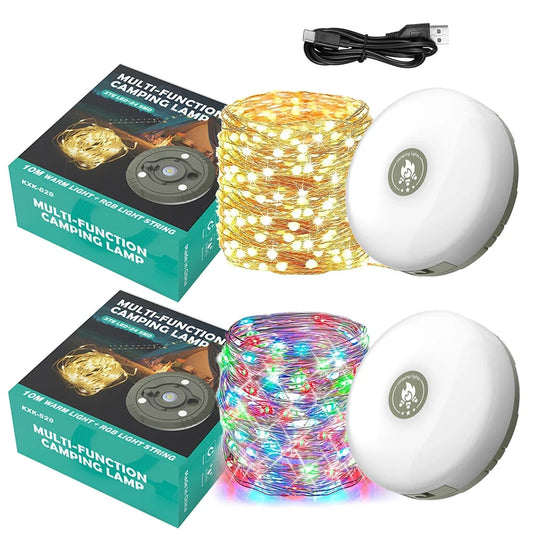

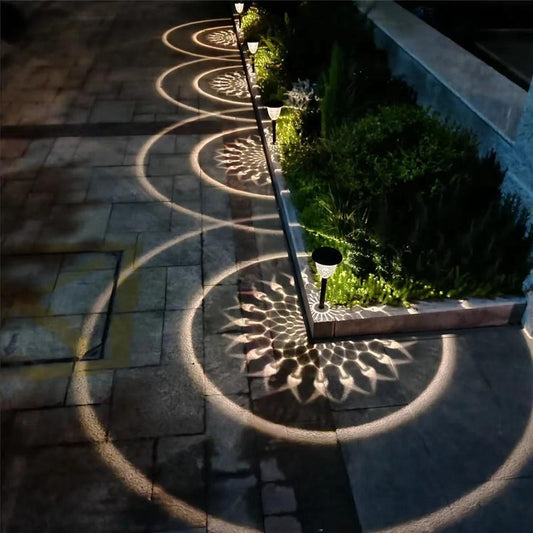

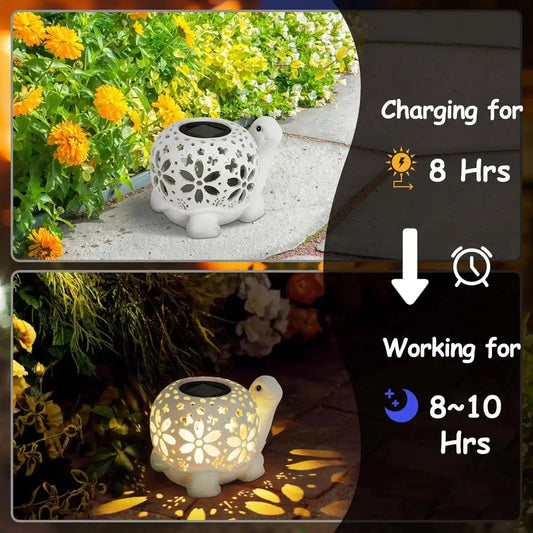

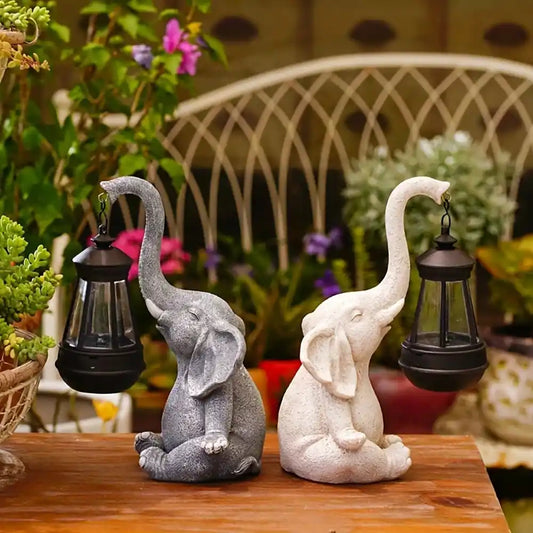

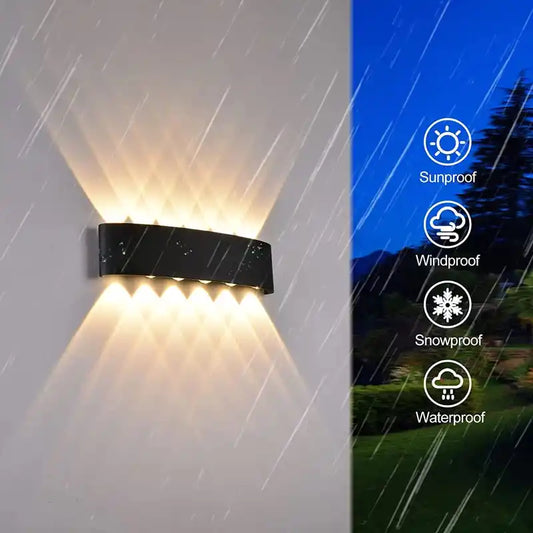

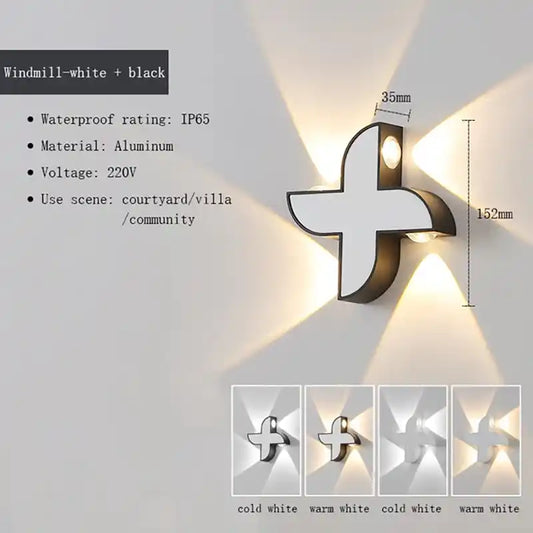

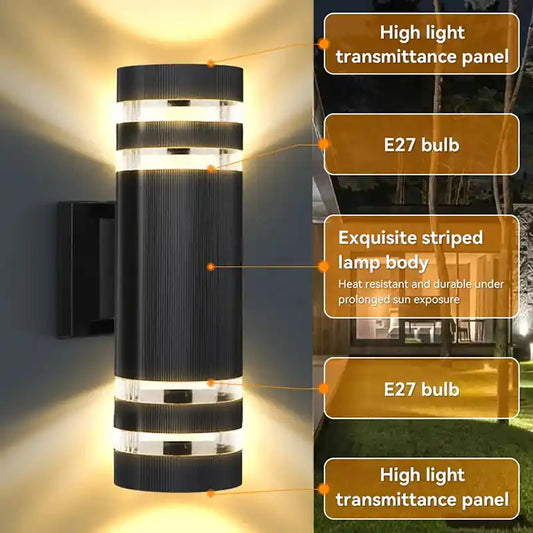

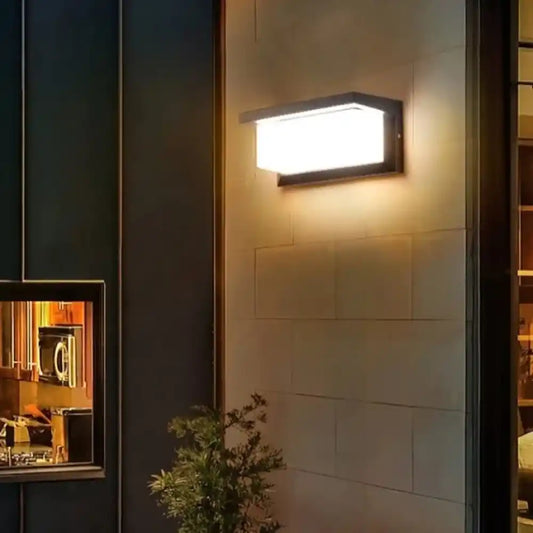



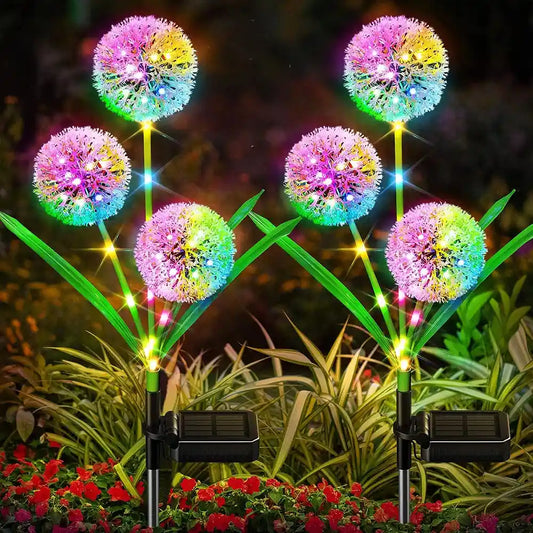



 />
/>
 />
/>
 />
/>
 />
/>
 />
/>
 />
/>